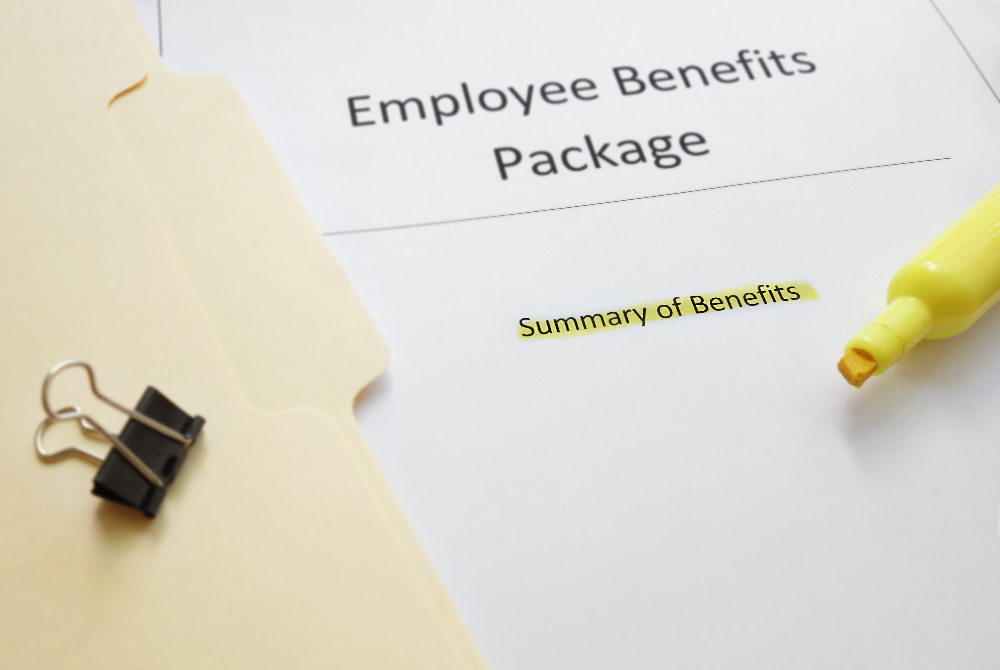
Mariyana Zhou is Head of HR at fintech firm 1inch Network. She is always willing to share lessons learned – like this conversation we had with her about her struggles in delivering genuinely flexible, personalised benefits to her employees and her desire to offer them a ‘Chinese Menu’ style approach.
As you’ll see from the Q&A below, she hopes that AI will help her on this front – and, indeed, at The Watercooler, she will be speaking about ‘How to use AI to support wellbeing, HR and grow the employee value proposition’…
Tell me about your ‘Chinese Menu’ approach to benefits….
Of course! Well, instead of pushing out the same benefits to all employees, I advocate for a more personalised approach. I liken it to having a ‘Chinese Menu’ where people can pick and choose exactly what they want. It’s really personal and really putting the individual at the centre and giving them what is of true value to them, rather than just presenting them with a set menu of limited options to pick from. Basically, it’s the opposite of what I call ‘benefit washing’.
How difficult or easy has it been to attain your vision of putting the employee at the centre and creating that really personalised benefits experience?
It’s been extremely difficult. I believe that’s because it requires a mindshift change from organisations and professionals and the benefits administrators.
Also it’s difficult because benefits departments are traditionally under staffed and under funded, so the reality of the situation is that everyone is always looking for the quick win.
Can you tell me a bit about your experiences so far in trying to implement a highly personalised benefits package? Why has it been so difficult?
It’s really down to this mindset and organisational change which has to come from the board of directors and the executive level.
For me, we need to go from saying ‘hey, instead of buying all these benefits that may or may not be valuable to people, let’s put the employee first and find out what is valuable to individuals’.
What I’ve found is when you put the employee at the centre of the conversation, then you start asking different questions about benefits. For instance, you ask the employees directly ‘what is important to you? What do you want to be offered to help with your work life balance?’
You get very different answers coming forward from this approach. You find out more about your workforce and what is value add for them at this stage of their life. For example, it should come as no surprise to anyone that we have an aging population and elderly care responsibilities are on the rise, how are you helping the employees who are careers?
Have you been asking employees these questions then?
Yes, I have been doing this for a couple of years now.
Tell me more about the different answers you get from employees about benefits for wellbeing?
The most interesting thing is that we’ve found there’s sometimes a disconnect between what people think they want, and what they actually end up needing.
Our staff surveys said that people wanted the really fun benefits, like free yoga classes. But what we actually found is what they actually need, and valued most, were the benefits that really came good in hard times.
For example, we’d have people saying to us ‘my mum is ill, do I have medical cover for her?’ And, in that panic time, what they really value is being able to find that information really quickly and access the benefit easily.
Overall, what we’ve found is employees need some really core benefits so that when the worst happens, they have one-to-one support.
How flexible have you found the vendor market to be in helping you realise your dream of the ‘Chinese Menu’ approach to benefits?
Not flexible. I’m finding vendors work backwards rather than with the client in mind. Typically they’ll say ‘we have created this great benefit, which does this and this’ but I don’t need the whole product.
The trouble is, I’m usually talking to Business Development and Sales Departments, so they have targets linked to the product they have, so they inevitably work backwards and want me to buy the whole product, rather than cherry picking the bits I actually want.
But, as an employer, you can’t avoid not having a vendor because you can’t build your own benefits.
It sounds like a lot more work for you as a client to deliver personalised benefits, is that right?
Yes, huge amounts of work.
Have you got any good experiences of working with vendors to produce personalised benefits?
Yes. When we were launching our new pension offering in the UK what we found, through speaking to our people, was that they didn’t necessarily want pensions at all.
I should add the caveat here that this is our workforce demographic and I believe this could be very different for other organisations. What our employees really wanted was financial advice because there’s this huge stigma around financial wellbeing and no one talks about it. (There are a lot of people struggling with rent, bills or with big amounts of personal debt.)
I ended up talking to a large financial services company and negotiating a completely unique product, which included a one-to-one session with individuals to help them organise their savings plan for the future. That could include a pension (as well as information on ISAs, etc.), but the important thing is it’s completely independent advice personalised to them and not linked to the company or any particular products.
This benefit has been so successful that we even get employees asking us questions like ‘can I give this benefit to my brother or my friend?’
Have you found any differences between the large vendors and the smaller vendors of benefits packages?
Smaller ones are usually more willing to accommodate personalisation. They seem happier to say they could change details, or give us more options. They’re better with pricing as well as they have more flexible models.
Apart from personalising benefits, are there any other big challenges you are facing when it comes to benefits?
The biggest question that I’m currently trying to solve and don’t know how is ‘how do we communicate what benefits are available to employees for their particular situation?’
What I want is something that can simplify all the benefits, the policies and the terms and conditions so a person can easily access what they need quickly, when they need it, in a human language. I’m imagining (hoping!) the answer may come in a AI type of chatbot, but as far as I know, it doesn’t exist yet.
So, going back to the point about accessing benefits in tough times, that would mean someone could go into the benefits system and say ‘my mum has just passed away, how can you help?’ And then the chat bot would instantly tell the individual about their bereavement leave and counselling service, complete with all relevant telephone numbers, and any other benefits. (Pulling in relevant information from different policies and vendors.)
Basically, I’d love a system where employees just input their need and the system automatically feeds information back to them, going through the whole ‘Chinese Menu’ instantly and in a personalised way for that individual’s situation so they know how to access the benefit.
And in all your research you’ve not come across anything like that yet?
No. I’m hoping the US market will come up with a solution first! I’m keeping my eyes on them…












